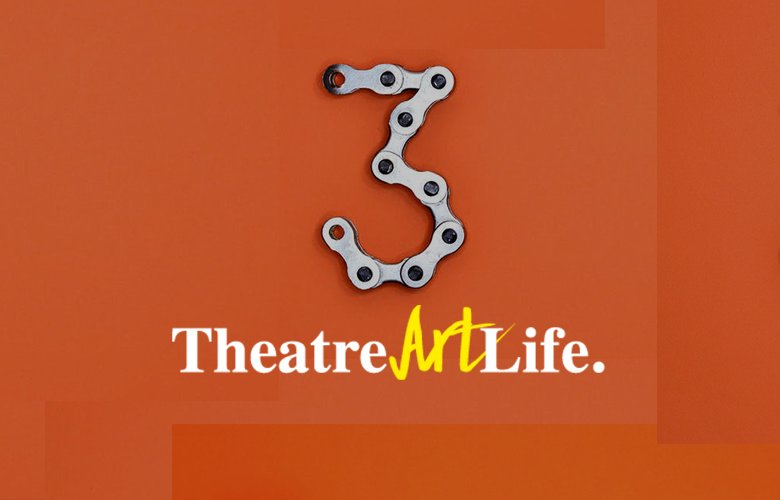
April 28, 2020 is TheatreArtLife’s 3rd Year Anniversary. What a ride it has been! Thank you to all the subscribers, social media followers, webinar attendees and supporters of our site. We are wishing you all the best for your individual careers, shows and companies as we navigate the uncharted waters of the COVID-19 Pandemic.
As we hit this three year milestone, we thought we would take a look back at the top 10 most popular articles since we launched. Here they are:
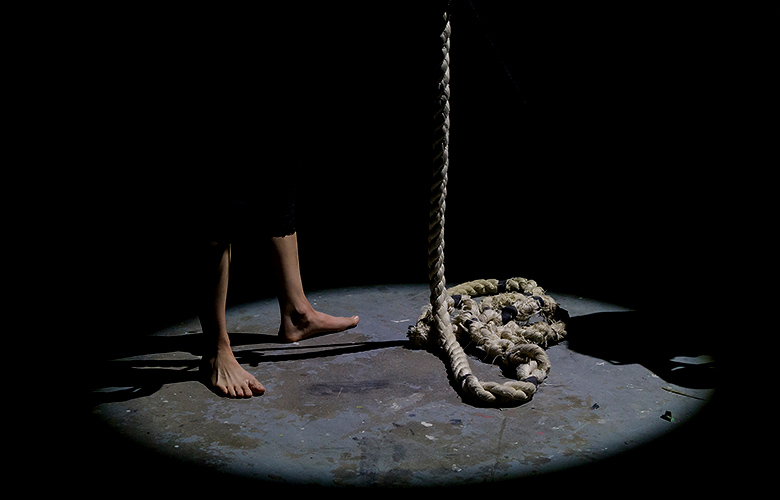
When I was first learning how to “be” a stage manager, I learned how to properly record blocking, how to lay out spike tape, and the best way to distribute a schedule. Nothing prepared me for having a direct impact on the physical well-being of my performers.

Programming lighting for a big show takes time. It requires several days of long hours being chained to a console smashing buttons, flipping faders and twisting knobs. There are endless tweaks and teases that will haunt our creative conscious right up until doors. If given three days and twelve hours to program a show, we will take three days and thirteen hours whenever possible.
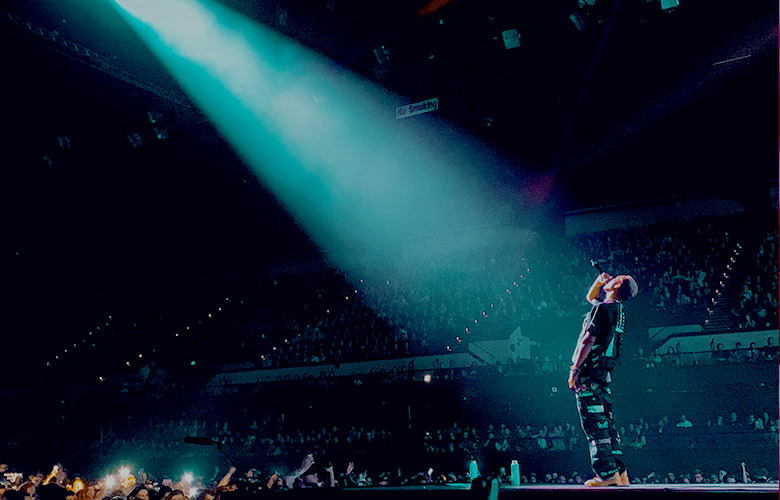
The thing is, followspot operation is often looked down upon as the “easy gig,” and in some venues or shows that may be true. But I guarantee those shows could be better. It could take a good show and turn it into a great show, and the audience probably wouldn’t know why. The reality is that followspot operation is an art.

Hamilton is that once-in-a-lifetime show that comes around and continues to astound Broadway fans, history buffs, music enthusiasts and the everyman alike. After its record-breaking 16 Tony Award nominations and subsequent 11 wins, the bloodbath-esque process of scoring a ticket, and the triple platinum status of the cast album, it would be a challenge to find someone who isn’t obsessed with, or at least appreciates the brilliance of Lin Manuel Miranda’s revolutionary (don’t mind the pun) Broadway sensation.
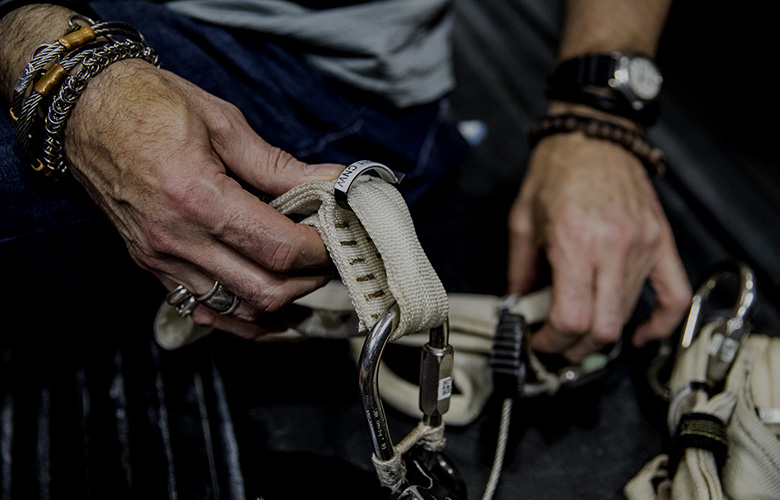
What are the essential items for an entertainment technician? I was on a job site last week and we were mid-show. The bands were changing over onstage and we were getting into the final stages of the night when all of a sudden one of the network racks started beeping incessantly. The headliner was next and we were under the ten-minute mark. Time pressure builds and the beeping won’t stop.

When someone asks what makes a good stage manager, our answers are usually along the lines of organised, hard working, good humoured, tough, good with people. There are a few skills, though, that are less discussed – generosity, passion, persistence, consistency and care. All the great stage managers I have encountered have all of these. They are ‘soft skills’ – difficult to learn at university but can be fostered within oneself.
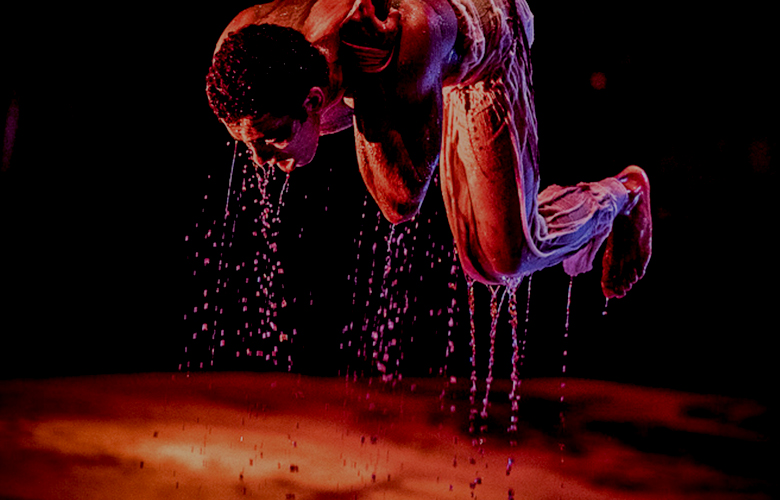
Tom Fairchild is a travel and portrait photographer who also specializes in capturing events and stage performances. Live theatre and events are some of the most difficult and challenging environments to be a photographer. In theatrical photography, subject items are dark, things move quickly and lighting is a challenge but here are ten tips to help you take great theatrical photos.
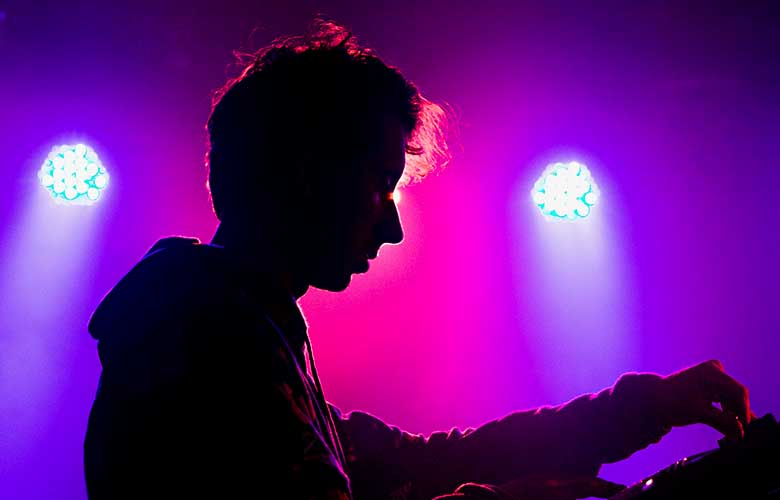
A few days ago, I came across this tweet and thought, “we are all pretty screwed if the freelancers who never mention money are now worrying about money”.
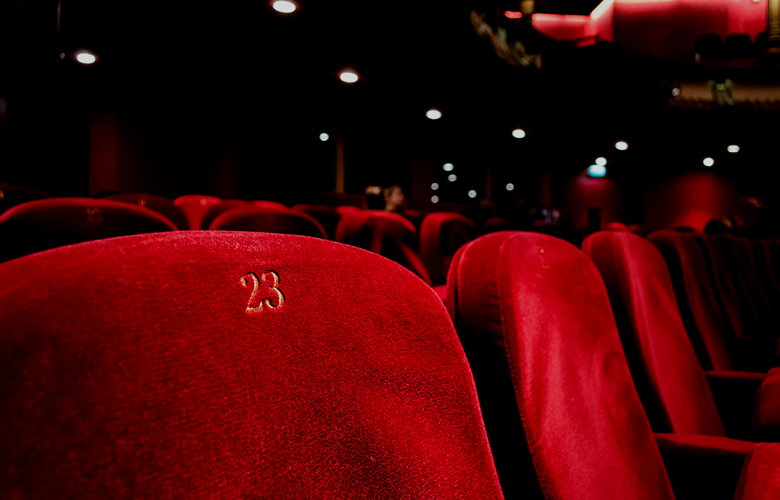
Theatre has always combined separate artistic mediums to create cohesive story lines and narratives. Artists devise novel uses for everyday and non-conventional objects as a means of expression, and the component pieces that are employed in theatrical settings help stimulate creativity. Likewise, the informational digital age has created a myriad of theatrical possibilities for producers of the performing arts, and automation and digital tech advancements have become standard to functioning theatres. How has technology changed theatre?

A person on a production team is huddled in an out of the way corner of a theater or a concert hall. Maybe, if they’re lucky, they are inside their own office, or more likely, they’ve simply found a spot where no one seems to be congregated for the moment, and where they will be less visible than in the main performance space. Maybe it’s a rack or equipment room, a costume storage room, or any other of a myriad small spaces. This person is often in low light, positioned as if they are hiding. Their posture is crumpled. Possibly, just possibly, there are quiet tears being shed.


Anna Robb is Co-Founder and Managing Director for TheatreArtLife. Anna is an experienced Producer/Production Stage Manager. Her 20-year work history spans Asia Pacific, the Americas, Africa, the Middle East and Europe. She has worked for companies such as Cirque du Soleil, Franco Dragone Entertainment Group, Christie Digital Systems and The Sydney Opera House. Anna was an integral part of the research and development, training and formation, creation and operation of the 250 million dollar aquatic show, The House of Dancing Water in Macau. She also maintained the daily operations of this complex show as the head of Stage Management for 7 years. Anna has been employed on over 70 shows in the areas of concerts, arena events, corporate events, trade shows, musical theatre, plays, dance, circus, outdoor festivals and mega shows. Anna holds a honours degree in Design for Theatre and Television and is passionate about the evolution of the industry.
Read Full Profile© 2021 TheatreArtLife. All rights reserved.

Thank you so much for reading, but you have now reached your free article limit for this month.
Our contributors are currently writing more articles for you to enjoy.
To keep reading, all you have to do is become a subscriber and then you can read unlimited articles anytime.
Your investment will help us continue to ignite connections across the globe in live entertainment and build this community for industry professionals.